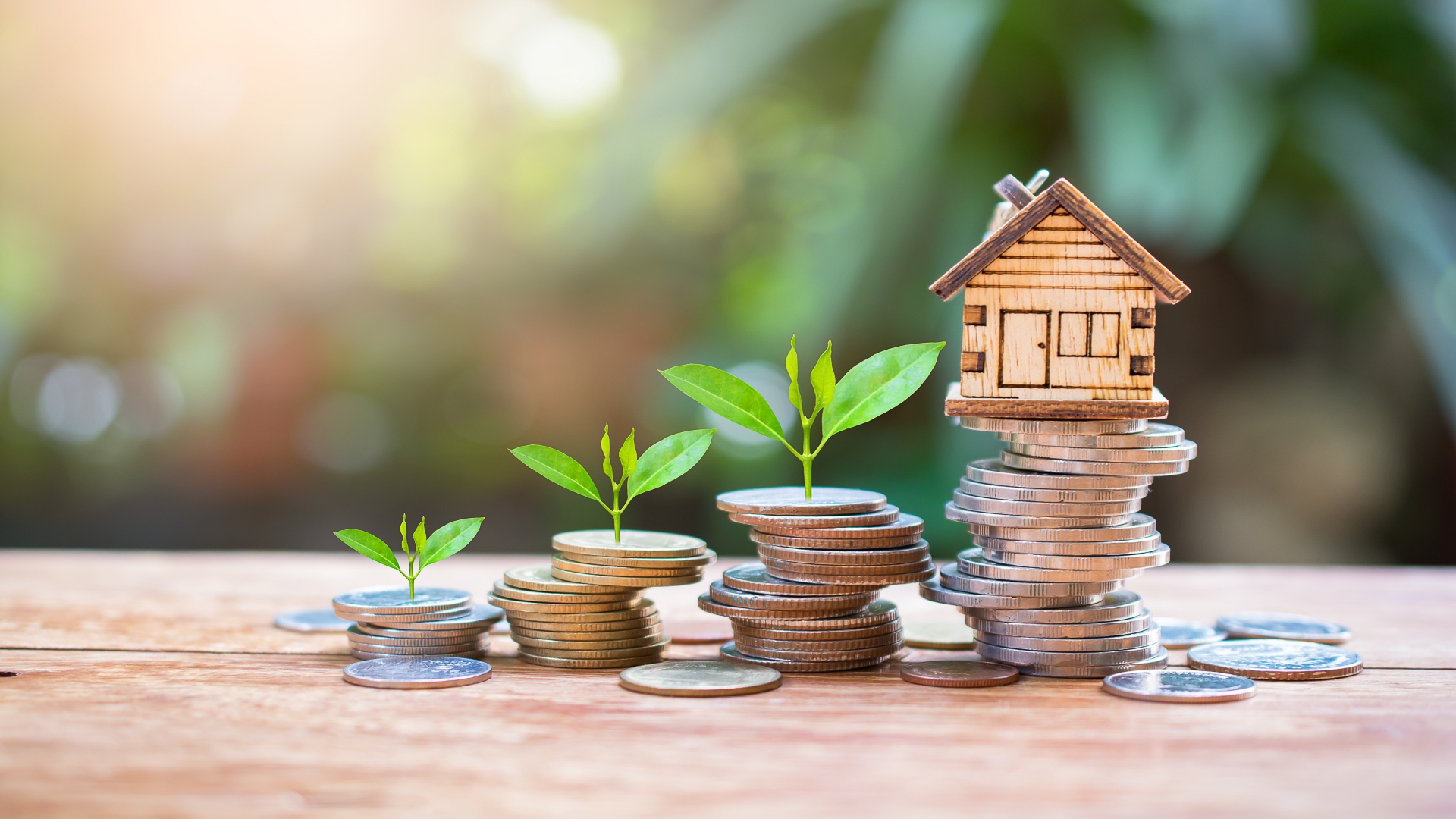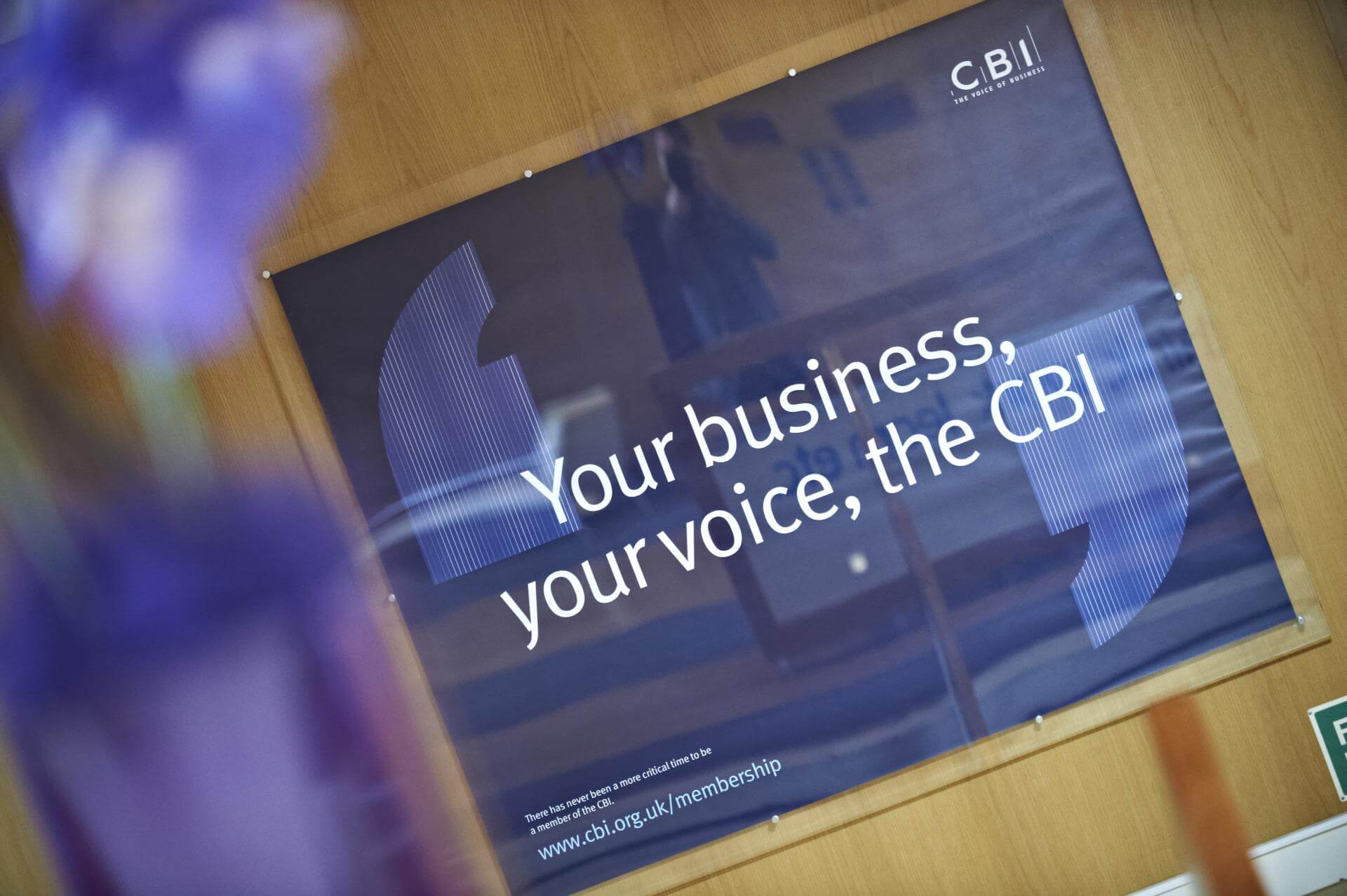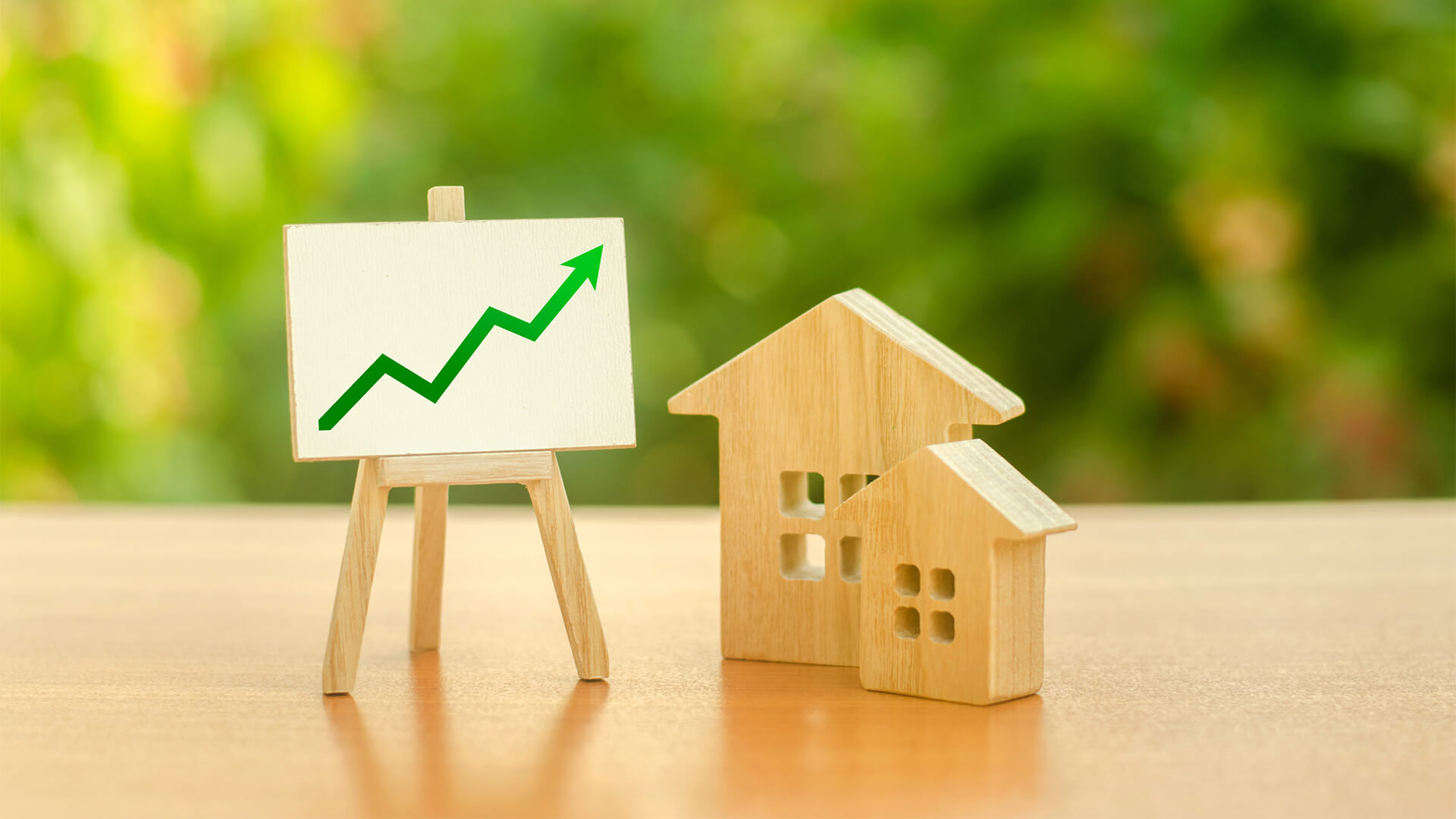As countries move towards a greener society to tackle climate change, many people are wondering what ECO homes are going to look like in the future.
The government has already changed EPC regulations. From 2028, all homes must achieve a rating of “C” or higher.
If we are to achieve environmental stability and reach net zero, we’ll need to change numerous things about our current abodes.
These include:
- The way we heat homes
- The way homes are built
- Improving access to renewable energy sources
- And more.
Today, we’ll be looking ahead to how our everyday properties could become more eco-friendly in the future and what these means for Property investors.
Read on for more information.
The New Eco Standards for Homes
Homes now need to be built to a Future Homes Standard. This standard requires new properties to emit around 75-80% less carbon than properties adhering to 2013 standards.
As such, eco-friendly homes will need low-carbon heating and systems to achieve energy efficiency.
But how can this be done?
There are no clear answers.
However, the UK government is keen on proptech innovation to help improve energy solutions. This could include triple-glazed windows and thicker wallers.
Changes to Heating Your Home
It could also include heat pumps to replace gas boilers, and sophisticated ventilation systems that allow for heat recovery.
Heat pumps take heat from the air or ground and recycle it in the home, providing a low-carbon alternative to typical gas heating or costly electric radiators.
The government is proposing to install 600,000 heat pumps annually by 2028.
But should people replace a perfectly good boiler now? If you want to save carbon emissions – yes. Heat pumps may require significant carbon power during the manufacturing process, but they will save so much in the long run.
The downside is that heat pumps are very expensive.
Homeowners and developers may also want to consider solar technology to heat hot water, especially if they live with three or four other people..
Speaking of solar energy, solar photovoltaics should become more common in the future. Situated on the roof of the building, solar panels can generate energy for the home and move away from reliance on other carbon-heavy sources.
Why not read some of these useful property investment guides that should inspire you with implementing ECO technology:
Coventry property investment guide
Leicester property investment guide
Stoke on Trent property investment guide
Smart Technology is Helping the Eco Effort
Smart technology is already making homes more eco-friendly.
For instance, smart meters are giving tenants visual representations of their energy and water consumption. This allows them to monitor their usage and make changes when required.
Similarly, smart heating controls allow people to change the temperature in their home via their smartphone. Smart light bulbs and plugs also ensure people have complete control over their carbon footprint. Real estate agents such as Britannia estate agents in Wales provide some useful tips on enhancing Tech in the home.
This technology is only set to improve in the near future.
Efficient Is the Way Forward
Energy efficiency is key to reaching net zero.
In the future, energy-efficient lighting should be commonplace in most homes. LED lighting is the most efficient. Newer models also come with more advanced settings – so you don’t need to put harsh lighting on your property.
In addition, water-efficient plumbing, shower heads and taps will help reduce water waste in the home.
Utilise the Power of the Sun
For homes being built now, developers may consider orienting the house to harness the benefits of the sun’s light and heat.
Back in the 1970s, Michael Reynolds’ Earthship homes were built to maximise gains from the sun. They were positioned to collect warmth in a front atrium, while thick walls would regulate temperatures inside the home. In addition, allowing natural light through strategically placed windows means habitants are less likely to switch on the lights in the middle of the day.
Building Material Alternatives
Nowadays, people are building houses from all sorts of natural products. For instance, there is a home in Cambridgeshire that is made entirely from hemp. Specifically, the house was built from timber, which was filled with hemp-based mulch.
However, this may not be the most efficient way to build homes.
Recycled stone, bricks and glass are another eco-friendly way to build the homes of the future. Unfired earth bricks are also becoming more common in construction. These bricks are dried naturally rather than in an oven.
Campaigns and nature enthusiasts in multiple European cities have also lobbied for green roofs on their buildings. Not only does this help insulate the property, but it also encourages biodiversity in otherwise urban locations. In the UK, homeowners do not need planning permission for green roofs, but they may want to speak to an experienced builder to ensure their property is suitable.
Final Thoughts
As you can see, there are many ways that homes are becoming more eco-friendly. While we still have a long way to go, innovations promise the property sector will reduce its carbon footprint as the UK and the rest of the world moves toward net zero emissions.


























